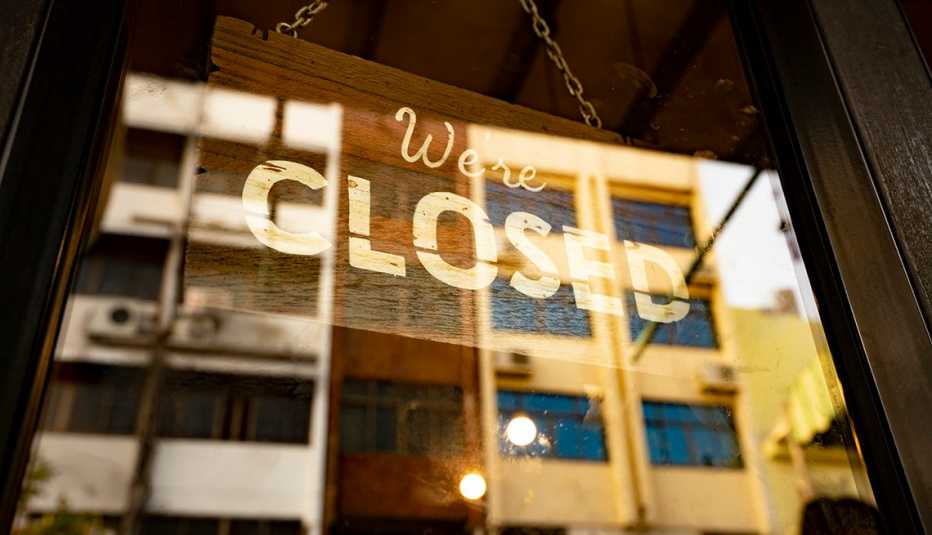AARP Hearing Center


For many of the nation's 21.2 million veteran-owned small businesses, the financial strain from the coronavirus pandemic increases with each passing day. But the veterans say the skills they developed during their service have taught them how to handle the unexpected.
According to a recent study by the Small Business Administration (SBA), former service members are 45 percent more likely to own small businesses than nonveterans, indicating that military duty often bolsters self-employment.
"I was in multiple combat deployments between assignments in over 35 years. I became comfortable with risk and ambiguity. I think that's a key component for an entrepreneur, is to be able to understand that there are things beyond your control.” said retired Army Maj. Gen. Allen Batschelet, principal and cofounder of Horizon Strategies, based in Omaha, Nebraska.
Veterans and active military save up to 30% on AARP Membership. Get instant access to discounts, programs, services, and the information you need to benefit every area of your life.
With the pandemic, his business has had to scale back its operations of providing leadership development and training, strategic planning consulting and operational planning expertise to academia and the defense sector.
"When you're in combat or deployed, you're constantly fighting to turn assumptions into facts. That has been a real advantage, to know how to do that,” said Batschelet, 59. “We don't want to make emotional decisions based on things we don't know."
So far, he hasn't had to lay off any of his 38 full-time and 100 part-time employees. The company, nearing its financial limit, did apply for the Paycheck Protection Program (PPP), which gives small businesses loans for payroll, utilities, and mortgage or rent costs.
For struggling small businesses across the country, the PPP program can be a means to pay employees and remain afloat. But its first round of funding quickly ran out, leaving many business owners empty-handed. The program has received a second round of funding, and that money is expected to go quickly, too.
"Many [small-business owners] are fearful about both the short- and long-term effects of the pandemic,” said Brad Sporrer, president of the Iowa Trust and Savings Bank in Clive. “PPP helps them for eight weeks, but a lot of our borrowers have virtually no revenue coming in, depending on their industry. So, they're fearful about their future prospects. This is kind of a stopgap effort to keep things going for a while.”

































































More on home-family
IRS Reopens Registration for VA Beneficiaries to Receive Child Stimulus Checks
Eligible veterans have until Wednesday, Sept. 30, to applyFree Resources to Aid Veterans, Military, Their Families Amid COVID-19 Outbreak
Check out where you can find support for your health and financesHow Veterans Can Get Tested for COVID-19 With VA or Tricare
Non-urgent appointments being rescheduled to handle potential influx of coronavirus cases